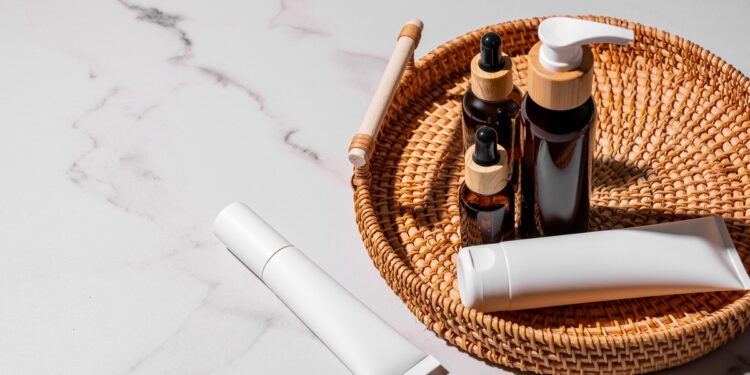Packaging for health products often goes beyond simple containment; it communicates trust, safety, and efficacy to consumers who depend on accurate information. For health-conscious individuals and healthcare professionals, the design of a product’s packaging can influence purchasing decisions and proper usage.
From the clarity of the instructions to the materials used, every element counts, which is why packaging design matters for health products. Understanding these components helps brands connect with their audience and build a reputation for quality and care.
It Protects Product Integrity
The primary function of any packaging is to protect its contents. For health products, this means safeguarding against contamination, damage, and degradation from environmental factors like light and air. A product that reaches the consumer in a compromised state is ineffective and potentially harmful. The packaging must maintain the product’s stability from the manufacturing facility to the consumer’s home.
Material Selection
- Glass: Often used for its non-reactive properties, protecting sensitive formulas.
- Plastics: Certain types of plastic offer durability and barriers against moisture.
- Aluminum: Provides a strong barrier against light, moisture, and oxygen.
It Communicates Important Information
Clear communication is a core part of health product packaging. Consumers and healthcare professionals need to understand what the product is, what it does, and how to use it safely. The design organizes this information logically.
Key elements include:
- Dosage instructions
- Ingredient lists
- Expiration dates
- Warning labels
A well-structured design presents this information clearly, using legible fonts and a clean layout to prevent confusion. This clarity builds consumer confidence and promotes safe use.
It Builds Brand Trust and Recognition
Consistent and professional packaging helps build brand identity. When consumers can easily recognize a trusted brand on the shelf, they feel more secure in their purchase. This recognition is built through the consistent use of logos, color schemes, and typography across a product line.
When it comes to health-related products, a professional appearance conveys credibility and reliability. For small businesses, selecting the right packaging materials plays a crucial role in building this trust from the very beginning.
It Ensures Accessibility and Safety
Packaging design plays a crucial role in ensuring ease of use while prioritizing safety. For example, child-resistant caps are commonly used on medications to prevent accidental ingestion. However, packaging must also remain accessible to its intended audience, such as older adults who may face challenges with dexterity.
Achieving this balance is a hallmark of well-thought-out design. Packaging design for health products is important. The care and thought put into a product’s packaging reflect the quality it holds inside. Therefore, successful packaging design for health products focuses on appearance while also aiming to deliver a meaningful and practical experience for the consumer.















